It always staggers me when I remember that for roughly sixty million years during the Carboniferous Period, there were trees but no microorganisms capable of decomposing them.
Just sixty million years of branches falling off and trees falling down and… just sitting there on the ground, not rotting at all.
Now consider wild fires during that period.
Fire hadn’t been invented yet.
they said “wild fires”
just like wild horses, wild fires existed long before they were domesticated.
You just ruined the song.
Was the world turning though?
Not the song I mean, but thanks for the ear worm.
they must have been wild
Note that although species can be described as tree-like, they didn’t quite look like modern trees do. Also, much of the world was swamp, and much of the dead plant material sank into these bogs and decayed into peat.
The amount of CO2 trapped during this period caused the atmosphere to be around 35% oxygen. This allowed life with inefficient respiratory systems to grow much bigger in size without suffocating, mainly insects. Think woodlice 6 feet long, spiders the size of dogs, millipedes as big as cars, and dragonflies as big as eagles.
Think woodlice 6 feet long, spiders the size of dogs, millipedes as big as cars, and dragonflies as big as eagles.
No, I don’t think I will
I LOVE the thought of a world-covering swamp with pseudo-trees and giant fucking bugs. Such a stimulating thought. I’d love to explore and see it.
Have you been to Florida, friend?
Nope, but I was in Australia. Not quite as swampy.
It was a lot more fun to believe that coal was crushed dinosaurs.
We have oil for that
Sus: bacteria predate trees by like… a lot. There may not be many fossils of them:-), but surely they would eat whatever they could.
but imagine you’ve just gotten use to living on a moss planet over the past 40 million years, and now all of a sudden you walk outside and all the moss is gone
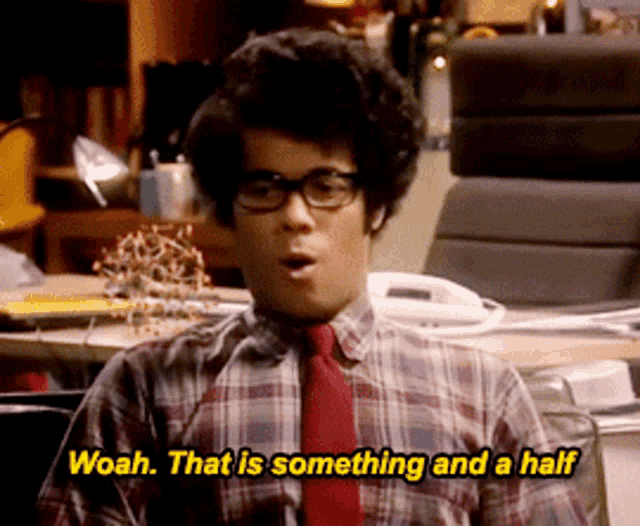
The ocean was purple once, and another time the only thing taller than little bushes were twenty foot tall mushrooms shaped like asparagus
And 80ft horsetails
Seriously?! 80ft horsetails? I knew they were a prehistoric plant that can grow through asphalt but had no idea they got that big
That really was great, thank you!
Now this explains what happened to all the roads back then.
scary to think of how big the horses themselves must have been
Ok now, I get that it’s a theory but you can’t just assume this one is 100.
Removed by mod
Hey! Those are my ancestors you’re dissing you know
Just like there is SpaceEngine, we need a Earth sim that let’s us to back to any time and have a realistic simulation of that epoch based on the best of modern knowledge.
Now I’m curious if there’d be any massive gaps in the timeline, where we don’t know if we could reasonably pick any fitting environment to render.
FWIW a lot of “moss” from that time was very unlike what we think of as moss today.
What was it like? Genuinely curious!
Here are some modern-day variants of mosses that don’t even look like what we typically think of as “moss”.
Woah, do you have any other interesting info on early earth?
Nowadays, trees absorb CO2 and produce oxygen, and when they die and rot the opposite happens, releasing the CO2 back into the atmosphere.
However, during the carboniferous period, when plants first developed the ability to produce lignin (i.e. wood, essentially) there was not yet any bacteria or fungus that could break this material down. The result is that when trees died they would kinda just lay there. For 50 million years, trees absorbed CO2 and then toppled over and piled on the ground and in water. Most of the world was swamp and rainforest. Millions of years of plant growth all dying and laying on top of each other
So much CO2 was turned into oxygen that O2 levels were 15% higher compared to today. This allowed some truly large lifeforms to develop: trees 150 feet tall, dragonflies with wings 13 inches long, millipedes the size of a car.
The trapping of so much CO2 led to a reverse greenhouse effect, cooling the planet, and eventually an ice age. The forest systems collapsed from the climate change (we think) killing about 10% of all life on earth. Eventually a species of fungus developed the ability to eat lignin, and cleaned up the dead trees that remained on the surface within a few generations. The millions of years of tree material that sank into the bogs eventually turned into coal.
Now we’re digging all that good stuff back up and are burning it, yay!
Didn’t they just lay around until there was a lightning induced forest fire? I mean until the fungus arrived.
Nice writeup BTW!
Sort of, yeah. Plant matter with lignins still partially decayed into peat. So it’s not exactly 50 million years of dead trees on top of each other. It’s more like layers and layers of peat, with still “fresh” trees at the top.
that’s so cool I love reading about that.
A couple of good books on the subject:
How the Earth Turned Green (most relevant)
Otherlands: A Journey Through Earth’s Extinct Worlds
Go on…
I want to see a visualization of this now.
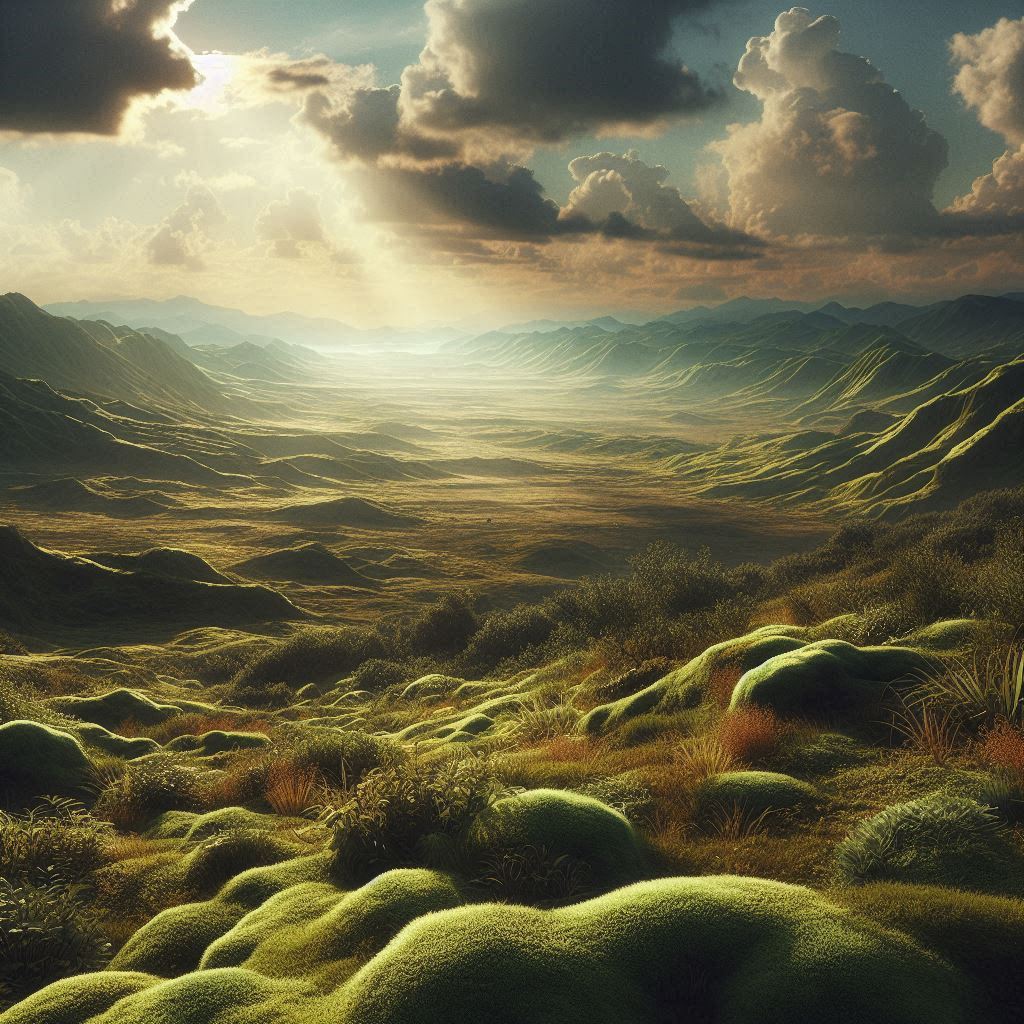
Good attempt, but there wouldn’t be bushes, right?
Maybe more like this:
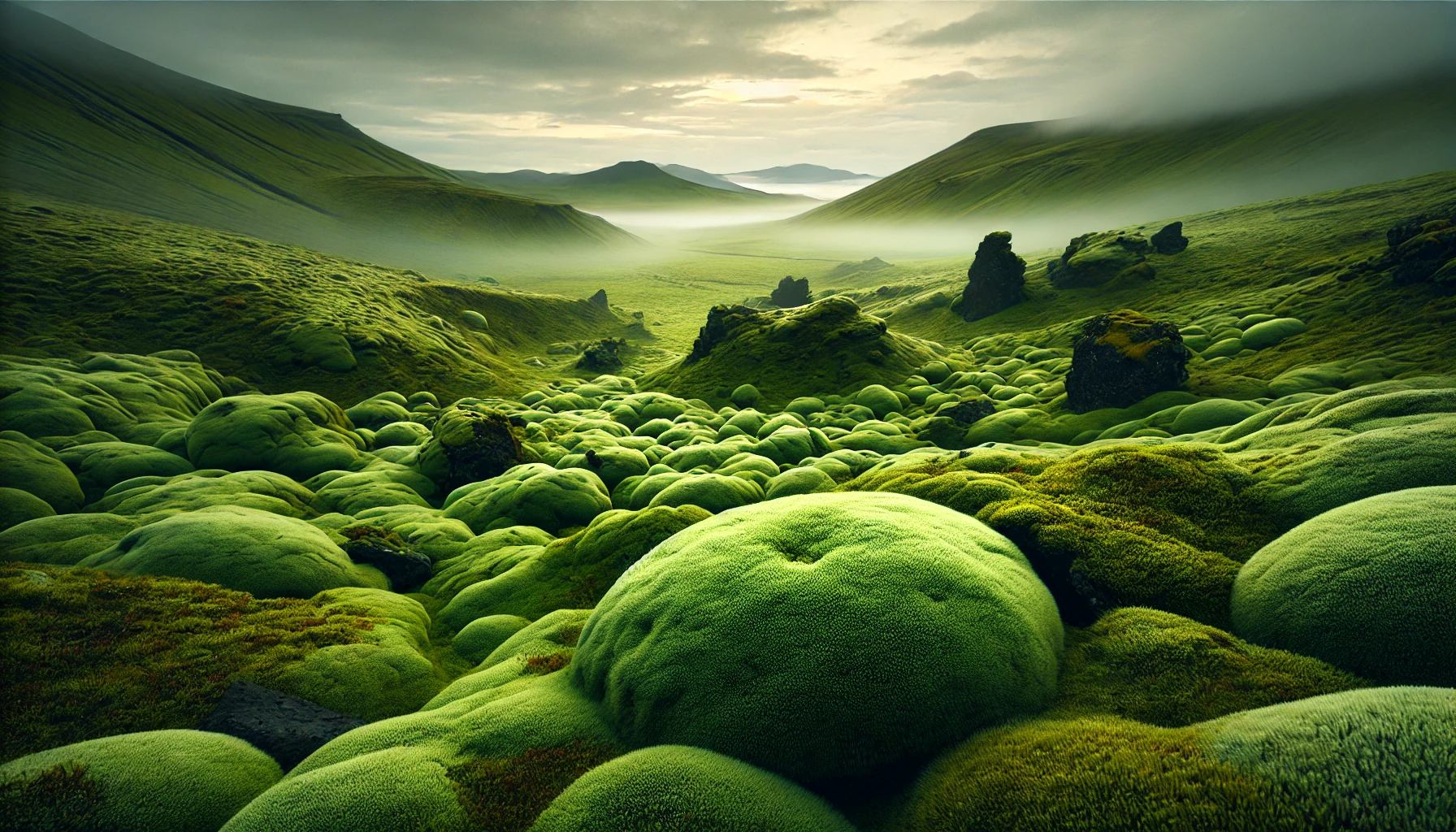
That one looks pretty cool!
You know what, the high arctic probably looks similar to that prehistoric moss-covered landscape. Because moss is pretty much the only thing that can survive there (and some very small plants).
Oh interesting. I don’t think of the Arctic having any plants at all really. Shows what I know!
You’re thinking about this like it’s just a single uniform endless pasture of gray-green moss. But you have to recognize all the moss is competing for space and resources.
So you’ve got 40M years of different kinds of mosses all developing novel evolutionary strategies as they try to one up one another. Just a rainforest of mosses, with an uncountable variation of shapes and colors and compositions.
Moss bushes. Moss trees. Hanging mosses. Floating mosses. Dense spongey moss. Brilliantly colored moss. Poisoned moss. Cannibal moss. Stinging moss. Velvety moss. Venus Fly Moss. Moss of a thousand different color variants.
And every few hundred years, you get a new moss meta strategy for being the best kind of moss that pushes all the other moss out. Played across 40M years, it’s this big squirling fractual of warring moss tribes, until finally another organism figures out the optimal play on all moss and then it’s over as fast as it started.
I would play this game. Like spore, but just moss
That moss have been long and painful to wait for this.
deleted by creator
Thanks for make me realize that I had that big of a timespan to live in a beautiful mossy earth and I just missed it and landed on scorched land earth.
yesterday someone posted a closeup of moss on a street to show how fascinating it is. i can’t find it anymore, but it was cool. maybe somebody still has that picture?
Edit:
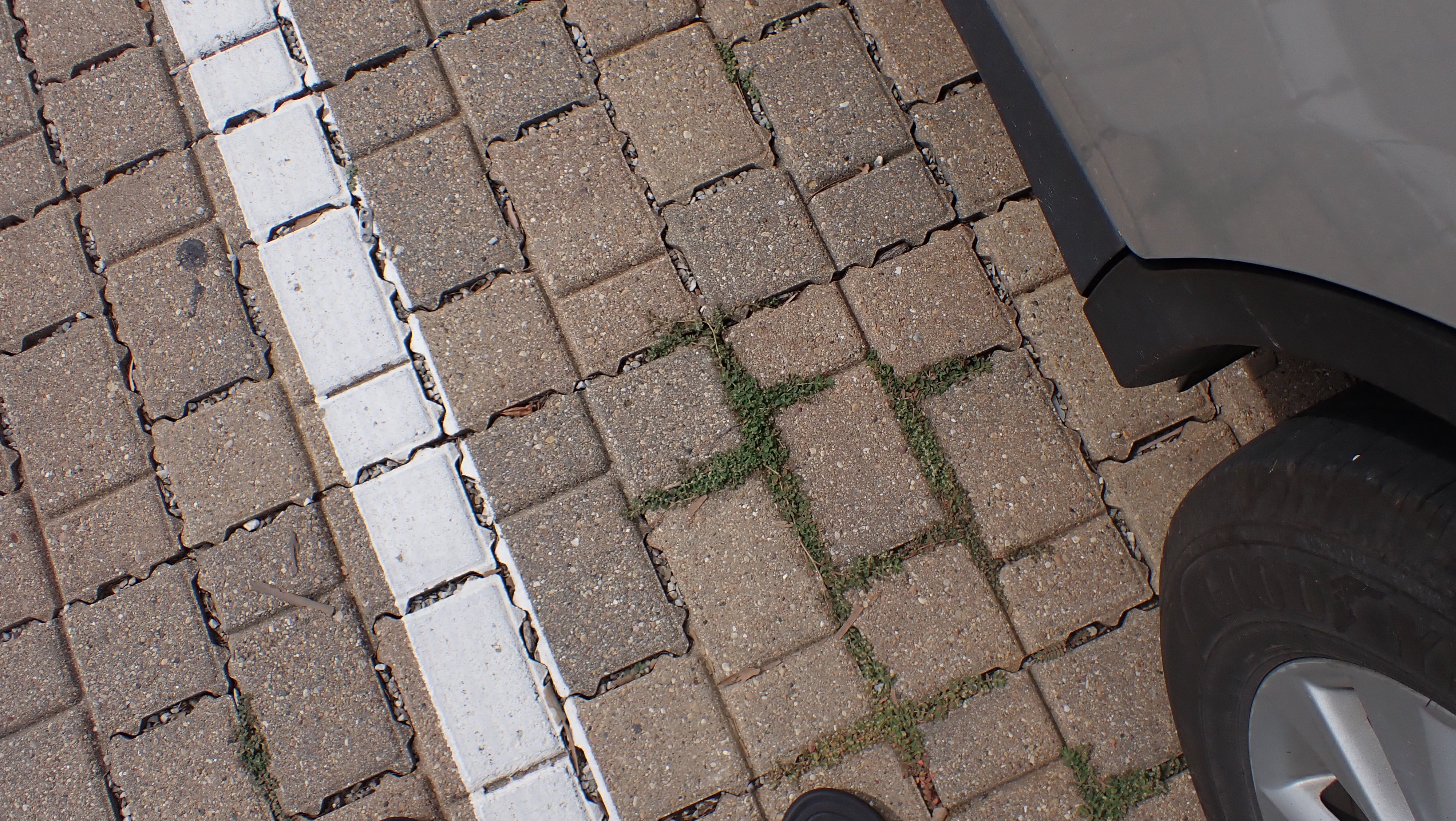
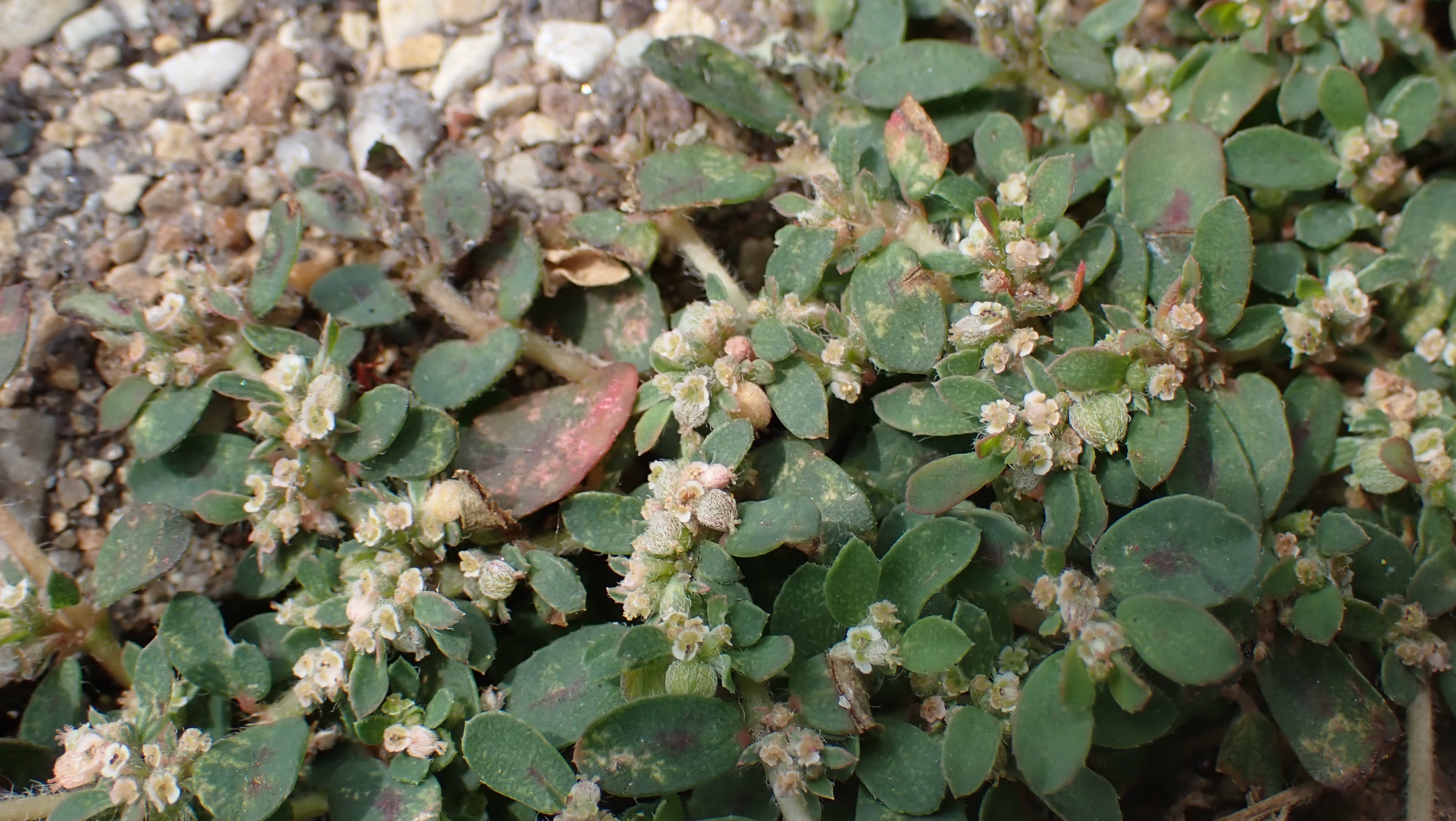

Go to Iceland and there are huge fields of lava rocks covered in a thick yellow-greenish moss because there isn’t enough soil for anything else to grow. It is surreal and probably what most of the earth looked like for those 40 million years
Yes. Seconding and insisting you drive to this restaurant in the Westfjords. I hated seafood until I went here and it broke me. I now love seafood.
https://www.tripadvisor.com/Restaurant_Review-g189967-d1099110-Reviews-Tjoruhusid-Isafjordur_Westfjords_Region.html 5.0 at almost 900 reviews for a reason. It’s in the middle of fucking nowhere, literally hours and hours to get here.
Also [email protected]
Oh I feel special, that was me!
That is also not a moss. It is actually a flowering plant in the euphorbia family. It is related to poinsettias, rubber trees, crotons and milk tree cactuses.
If you wanted to look at other cool plant photos I’ve taken I post on iNaturalist a lot. Here’s one of some wild lettuce: https://www.inaturalist.org/observations/239182317
Certainly not all land of earth. Moss requires moisture to survive and lacks the root system of developed plants to get water deep in the soil.
On the flip side, if you could time travel to that epoch, the ground would be extremely comfy for your feet.
happy Kris noises









